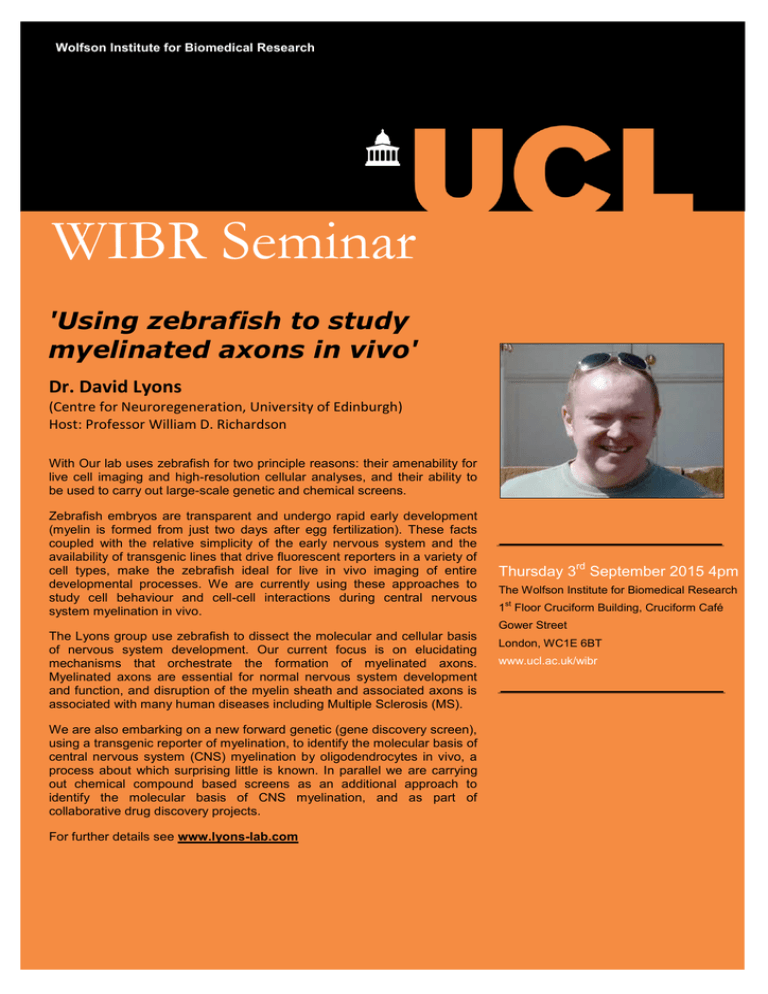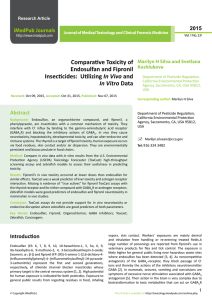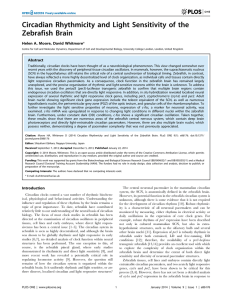WIBR Seminar 'Using zebrafish to study myelinated axons in vivo'
advertisement

Wolfson Institute for Biomedical Research WIBR Seminar 'Using zebrafish to study myelinated axons in vivo' Dr. David Lyons (Centre for Neuroregeneration, University of Edinburgh) Host: Professor William D. Richardson With Our lab uses zebrafish for two principle reasons: their amenability for live cell imaging and high-resolution cellular analyses, and their ability to be used to carry out large-scale genetic and chemical screens. Zebrafish embryos are transparent and undergo rapid early development (myelin is formed from just two days after egg fertilization). These facts coupled with the relative simplicity of the early nervous system and the availability of transgenic lines that drive fluorescent reporters in a variety of cell types, make the zebrafish ideal for live in vivo imaging of entire developmental processes. We are currently using these approaches to study cell behaviour and cell-cell interactions during central nervous system myelination in vivo. Thursday 3rd September 2015 4pm The Wolfson Institute for Biomedical Research st 1 Floor Cruciform Building, Cruciform Café Gower Street The Lyons group use zebrafish to dissect the molecular and cellular basis of nervous system development. Our current focus is on elucidating mechanisms that orchestrate the formation of myelinated axons. Myelinated axons are essential for normal nervous system development and function, and disruption of the myelin sheath and associated axons is associated with many human diseases including Multiple Sclerosis (MS). We are also embarking on a new forward genetic (gene discovery screen), using a transgenic reporter of myelination, to identify the molecular basis of central nervous system (CNS) myelination by oligodendrocytes in vivo, a process about which surprising little is known. In parallel we are carrying out chemical compound based screens as an additional approach to identify the molecular basis of CNS myelination, and as part of collaborative drug discovery projects. For further details see www.lyons-lab.com London, WC1E 6BT www.ucl.ac.uk/wibr








